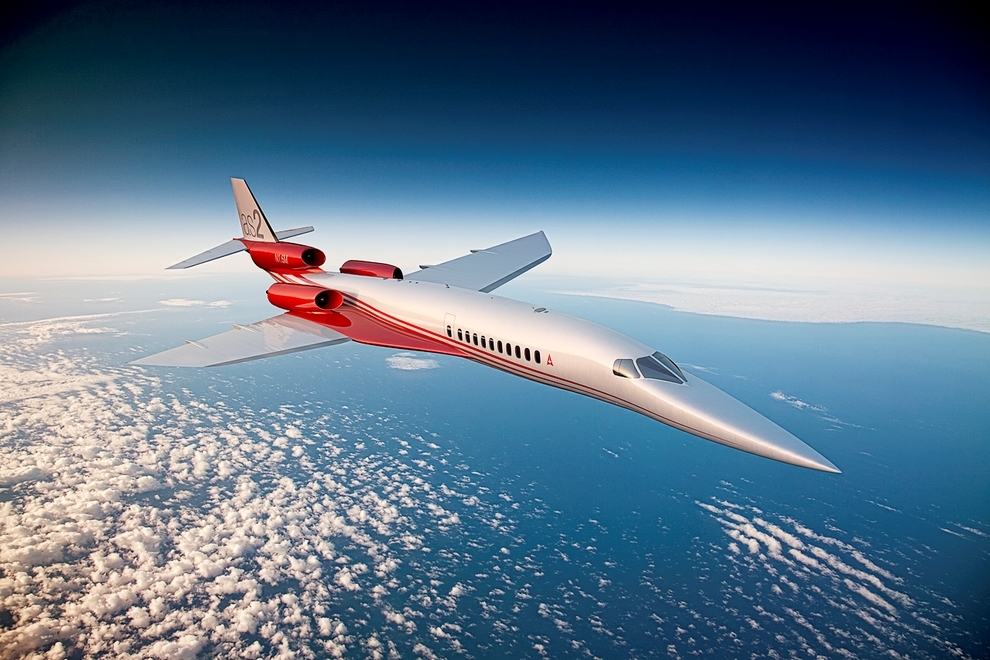Supersonic Business Travel On The Comeback Trail
The recent announcement by Boeing that it was studying a hypersonic passenger plane that could travel up to 5 times the speed of sound was met with both excitement and skepticism. While Boeing's CEO is optimistic that these new designs could shrink travel times in the next 10-20 years, the costs of such a project will be considerable requiring many new technologies yet to be invented. Meanwhile, another company called "Boom" is developing a 55-seat Mach 2.2 airliner with support from two big names in commercial air travel, Virgin Group, and Japan Airlines. Boom's design uses more conventional technologies coupled with modern-day advances designed to reduce operating costs and environmental footprint.
Will airlines pay for these new aircraft? Much has changed since the 1970s when Concorde went into service. Major air routes have more competition and frequent service. Passengers no longer have to wait hours for the next flight from New York to London, or Los Angeles to Tokyo. Airlines now regularly spend millions of dollars on enhancing their long-haul business and first class cabins and some have even created virtual suites in the sky. While such comforts abound, does the average consumer care about speed?
The Aerion AS2, a private supersonic jet currently under development.
Supersonic transports may still be an option for those willing to pay for the experience. Business aviation is a natural starting point for new high-speed designs, given the propensity of its target market to spend on convenience and luxury. Aerion Supersonic's AS2 Supersonic Business Jet (SBJ) will cruise just over the speed of sound, at Mach 1.4, and seat between 8 and 12 passengers. The Spike Aerospace S-512 Supersonic Jet will fly 18 people at Mach 1.6. These jets would reduce a typical New York to London flight by 2-3 hours. When compared to the Boeing-proposed hypersonic design, or even Concorde, these new aircraft may not be revolutionary, but sufficiently evolutionary as to generate substantial interest. Both companies say their designs will meet government regulations that prohibit sonic booms, caused when an aircraft passes through the speed of sound, from being heard on the ground. Both SBJ designs are scheduled to enter service in the 2023-2025 time-frame according to the manufacturers.
The Cessna Citation X Business Jet is the current speed leader, with a max cruising speed of Mach 0.935, or 617 miles per hour.
While none are supersonic, for now business aircraft continue to lead where speed is concerned. So if you want to fly faster than the rest of the crowd book yourself on one of these private jets:
The Cessna Citation X+ leads the pack. Its top cruising speed is Mach 0.935 / 617 mph, and Cessna markets it at the fastest civil aircraft in the world. Others include,
- Bombarier Global 7500 - Max Speed Mach 0.925 / 610 mph
- Gulfstream G500, G600, G650, and G650ER – Max Speed Mach 0.925 / 610 mph
- Dassault Falcon 7X and 8X – Max Speed Mach 0.9 / 593 mph
- Bombardier Global 6000 – Max Speed Mach 8.9 / 590 mph


